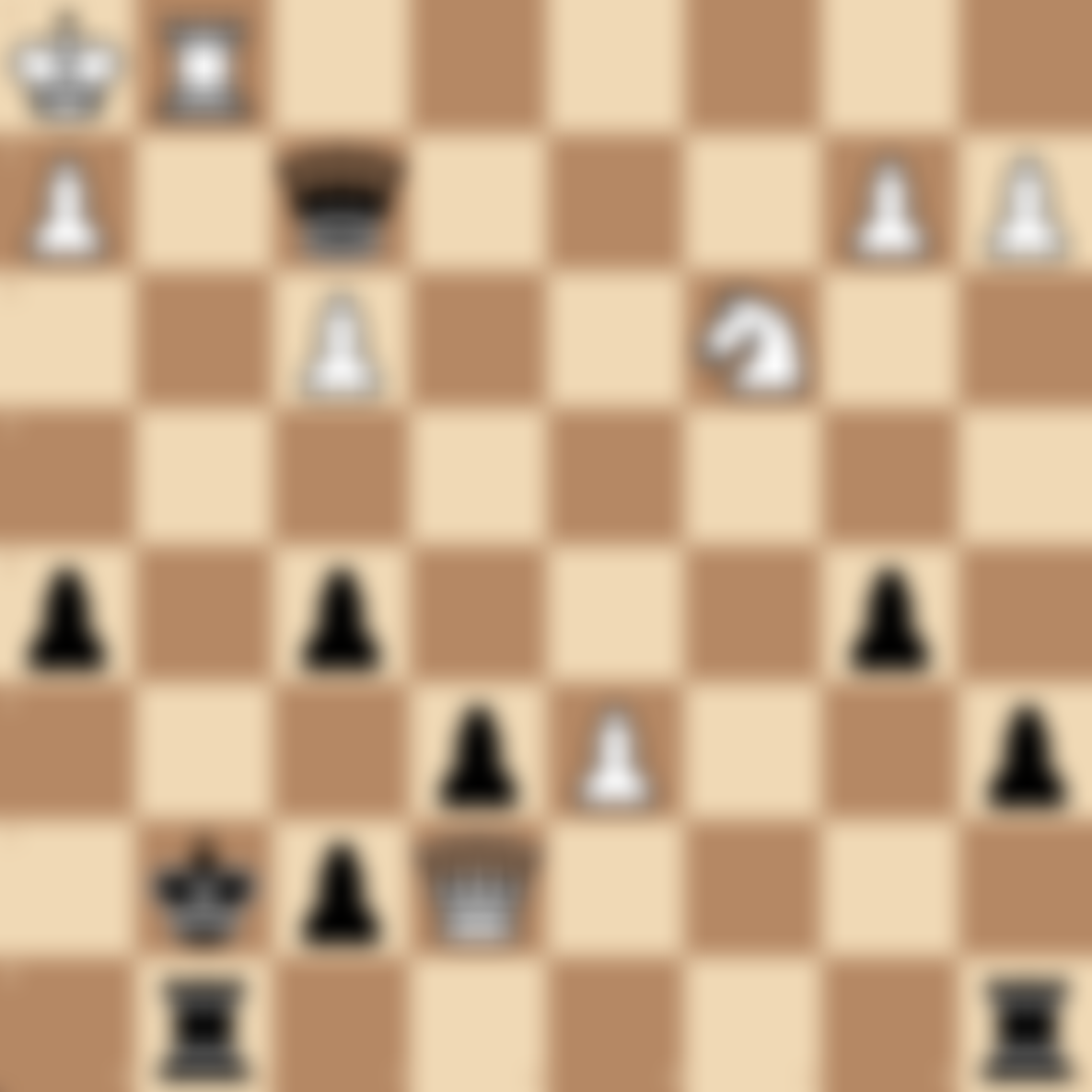Remove the Defender in Chess: Exposing Weaknesses
Introduction
"Remove the Defender" is a crucial tactical motif in chess that can lead to significant material gain or even checkmate. At chesspuzzles.io, we've compiled a comprehensive guide and a series of puzzles to help you master this important concept, enhancing your tactical awareness and overall chess strategy.
What is "Remove the Defender"?
"Remove the Defender" is a chess tactic where a player eliminates or diverts a piece that is protecting another piece or a critical square. By removing this defender, previously protected pieces or squares become vulnerable to attack.
Importance of Understanding "Remove the Defender"
Mastering this tactic is crucial for several reasons:
- Material gain: Often leads to winning pieces or pawns.
- Tactical vision: Improves your ability to see hidden tactical opportunities.
- Strategic understanding: Enhances appreciation of piece coordination and defensive responsibilities.
- Attacking skills: Crucial for breaking down defensive fortresses.
- Defensive awareness: Understanding this tactic helps in recognizing and preventing such threats in your own position.
Key Concepts in "Remove the Defender"
- Overloaded pieces: Pieces with multiple defensive duties are prime targets.
- Zwischenzug: An in-between move that changes the dynamics of the position.
- Deflection: Forcing a defending piece to move away from its defensive duty.
- Exchange: Trading pieces to expose a weakness behind the defender.
- Attraction: Luring a defending piece away from its post.
Common "Remove the Defender" Patterns
- Capture the defender: Directly removing the defending piece.
- Exchange the defender: Trading the defender for an attacking piece.
- Check to remove defender: Using a check to force the defending piece to move.
- Threaten the defender: Creating a threat that forces the defender to move.
- Deflect the defender: Attacking another target to draw the defender away.
How to Spot and Execute "Remove the Defender" Tactics
- Identify key defensive pieces in your opponent's position.
- Look for pieces with multiple defensive duties.
- Calculate the consequences of removing each defender.
- Consider forcing moves like checks and captures that might remove defenders.
- Look for ways to create multiple threats simultaneously.
Defending Against "Remove the Defender" Tactics
- Be aware of your key defensive pieces and their responsibilities.
- Avoid overburdening single pieces with too many defensive duties.
- Create backup defensive plans where possible.
- Be alert to your opponent's forcing moves and potential zwischenzugs.
- Sometimes, proactively moving a defender to a safer square is the best defense.
Famous Games Featuring "Remove the Defender"
- Alekhine vs. Bogoljubov (1922): Alekhine's famous "Remove the Guard" combination.
- Kasparov vs. Topalov (1999): Kasparov's spectacular queen sacrifice removing a key defender.
- Fischer vs. Benko (1963): Fischer's methodical removal of defenders leading to a winning position.
Practice "Remove the Defender" Puzzles
Enhance your ability to spot and execute "Remove the Defender" tactics with our carefully curated collection of puzzles:
Try our Remove the Defender Puzzles on chesspuzzles.io now
These challenging puzzles are designed to improve your tactical vision and calculation skills in positions featuring potential "Remove the Defender" opportunities.
FAQs
Q: Is "Remove the Defender" always a tactical motif, or can it be strategic? A: While often tactical in nature, removing a defender can also be a strategic goal, especially in long-term plans to exploit weaknesses.
Q: How is "Remove the Defender" related to other tactical motifs? A: It often works in conjunction with other tactics like pins, forks, or discovered attacks. Removing a defender can create opportunities for these other tactical motifs.
Q: Can pawns be considered defenders in this context? A: Absolutely! Pawns often play crucial defensive roles, and removing a defending pawn can expose significant weaknesses in the position.
Q: How can I improve my ability to spot "Remove the Defender" opportunities? A: Regular practice with tactical puzzles, especially those focusing on this theme, can greatly improve your skills. Analyzing your own games and studying master games with a focus on defensive structures and their exploitation will also help.
Q: Is it always correct to remove a defender when the opportunity arises? A: Not necessarily. As with all chess decisions, you should carefully calculate the consequences. Sometimes, the opportunity cost of removing a defender might be too high, or there might be even stronger moves available.
Master the art of removing defenders to expose weaknesses in your opponent's position! Ready to test your skills? Try our Remove the Defender Puzzles on chesspuzzles.io now and learn how to create and exploit vulnerabilities in your opponent's camp!
